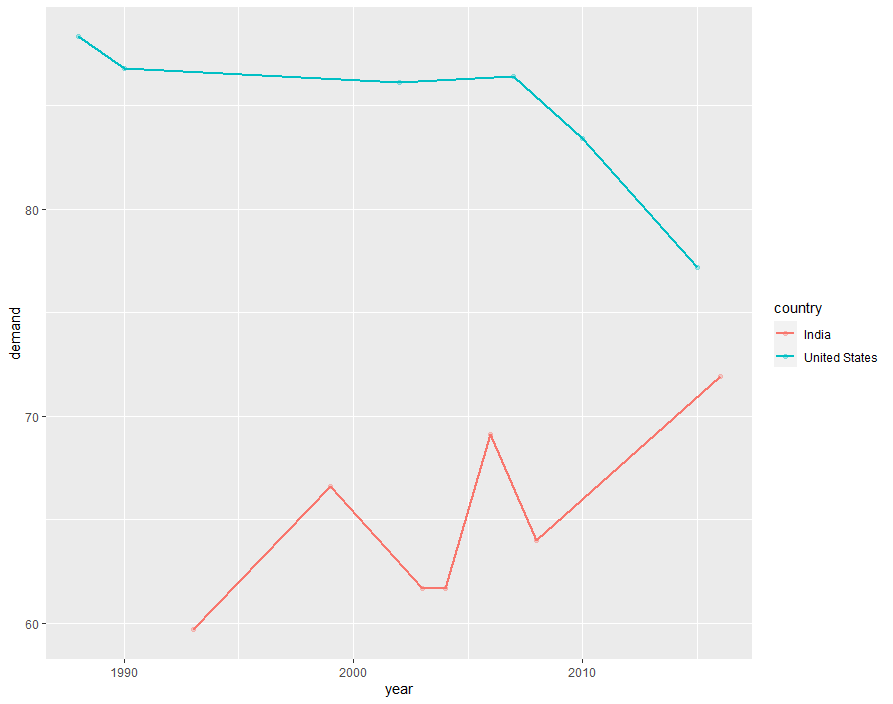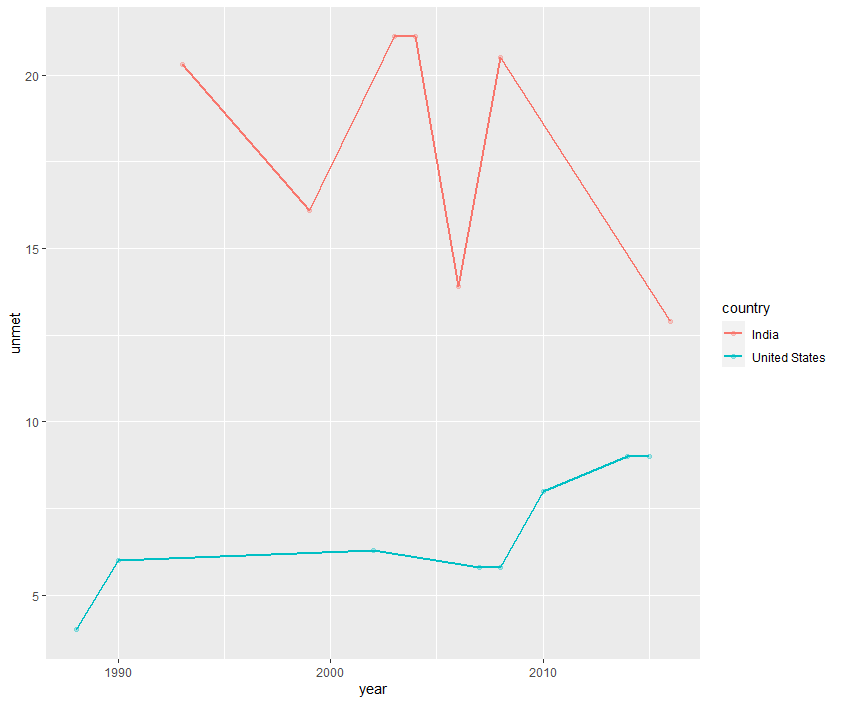FSRH’s 2010 guidelines “Contraception for Women Aged Over 40 Years”, which was developed by expert opinion and evidence-based practice, explicitly talks about diagnosing menopause, the benefits of HRT vs. contraception, treating vasomotor symptoms, and prevention of loss of bone mass density. However, the 2019 updates emphasise the need practitioners have for accurate guidance on this issue.
This is because many practitioners want to make their support as helpful as it ought to be but feel they have not been given adequate training to best treat women’s symptoms. Any woman going through menopause will probably recognise the importance of treating symptoms, as opposed to measuring blood test results. The problem is blood tests are often relied on as a benchmark for addressing changing hormone levels.
No doubt, every doctor is going to be influenced by their guidelines, and the priorities of whatever is going on at the time – a pandemic will obviously limit resources. The future, in my first-world experience, always seems to be brighter, especially because overlooked issues are usually given more of a platform these days. For example, back when I was a kid, my health often felt a bit awkward to me: I had periods, that were uncomfortable and embarrassing, which were not spoken about in my family, but ended abruptly because of cancer. I’m not having a go at my family for this, it is just the way things were. The online platforms today make it easier for girls to chat about their periods, but also highlight the fact the girl’s experiences of menstruation in the UK are surprisingly bad, as demonstrated by the “Stand with Brave Girls” campaign.
In the limited data available on this topic, Gapminder (and R/sorry about my limited graphs making/R abilities) lets people create graphs and draw some striking comparisons about the world around them. For example, look at this data about the USA and India:-
Demand for family planning satisfied by modern methods (% of married women with demand for family planning).

Unmet need for contraception(% of married women aged 15 - 49)

Gapminder’s data, though limited by the lack of research on this subject (and not including UK samples), shows us that a country’s economic status doesn’t necessarily lead to consistency in improved services for women. Though there aren’t any open datasets (not that I could find) measuring UK women’s value rating of family planning services, Gapminder does illustrate the experiences of women around the world, brought to light by how they value the health services provided to them. Women’s expectations, education attainment, access to service provisions, and lifestyle demands - these are mentioned very rarely when you look at the healthcare services that cater to women’s health. What is more, the fact that these datasets represent the views of married women - and married women as young as 15 - raises questions.
What seems obvious to me is that Family Planning is more than just contraception, it represents a set of activities, procedures and interventions that provide women with counselling and education. At face value these datasets seems to me to be making a comment about women’s expectations, particularly the unmet contraception needs of American women after 2008, which is in sharp contrast to the decline in demand for Family Planning. The assumption I had, was that the USA would have increasing demands on their Family Planning services and decreasing demand for contraception. In other words, it would be more responsive to people’s contraception needs and less able to evolve quickly enough to meet the needs of 21st C women.
This is contrary to Gapminder’s data on India where the graphs go in opposite trajectories. If these datasets are accurate - here are the sources (these sources echo OWID’s findings) - why is it these countries show reverse pictures? This made me want to look into the politics of Family Planning a bit more. Perhaps this might shed light on my own Family Planning provisions here in the UK.
With that in mind, I wonder what could have happened over the last 30 years that lead to such opposing changes in my graph countries' Family Planning services...
